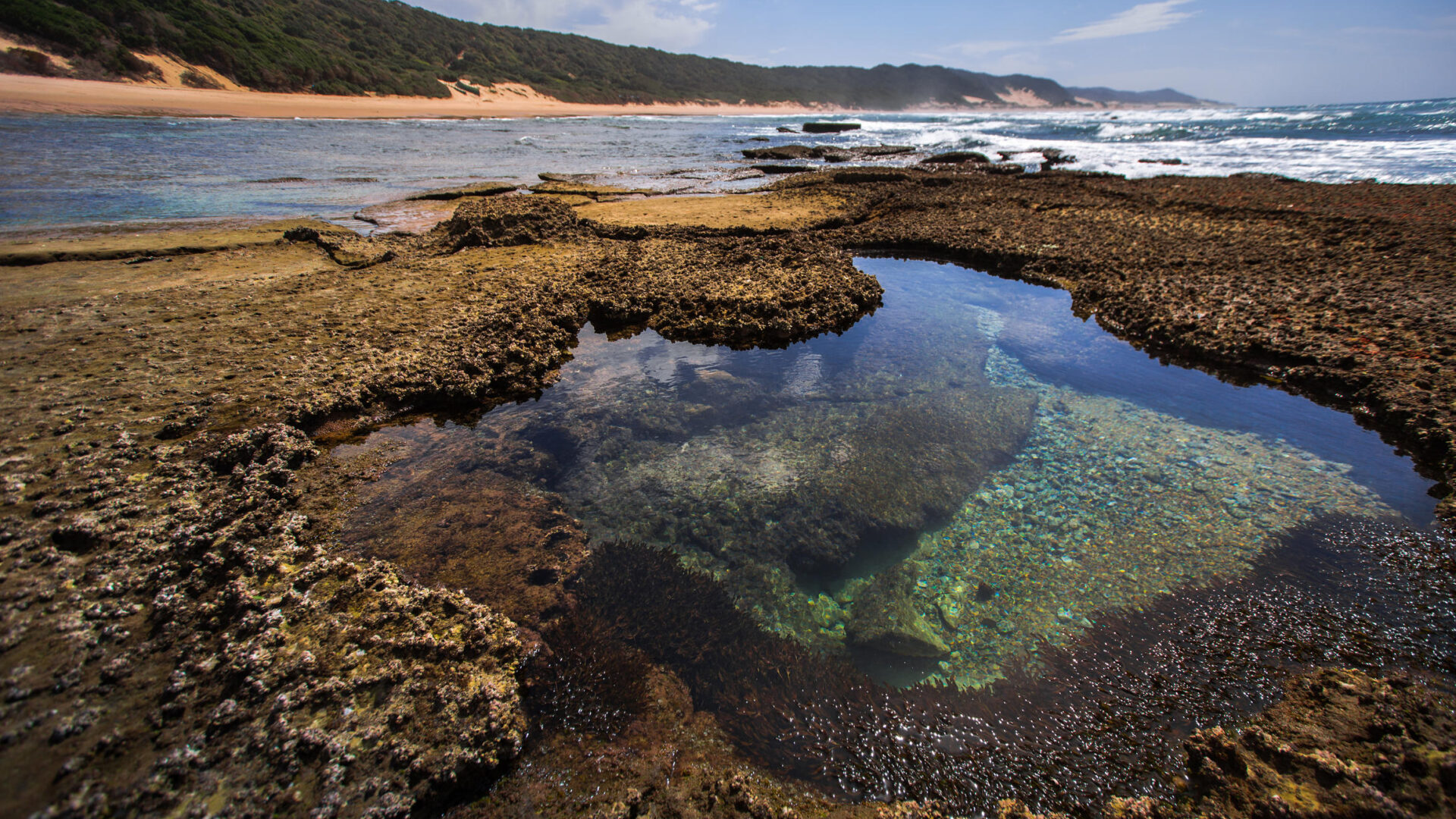For those who believe family memories deserve something extraordinary, KwaZulu-Natal, South Africa, offers a rare kind of travel experience. One that feels effortless yet unforgettable. Here, rolling savannah meets golden coastline, ancient cultures meet contemporary luxury, and every generation can share in the magic.
Choosing a KwaZulu-Natal safari lodge means choosing a region where Big Five safaris, UNESCO-protected wetlands, and Indian Ocean beaches blend seamlessly into a single, beautifully orchestrated journey.
Best of all, much of KZN is malaria-free, including the Drakensberg and Durban regions. The northern safari areas are classified as a low-risk zone, offering great peace of mind for families.
The Essence of KwaZulu-Natal
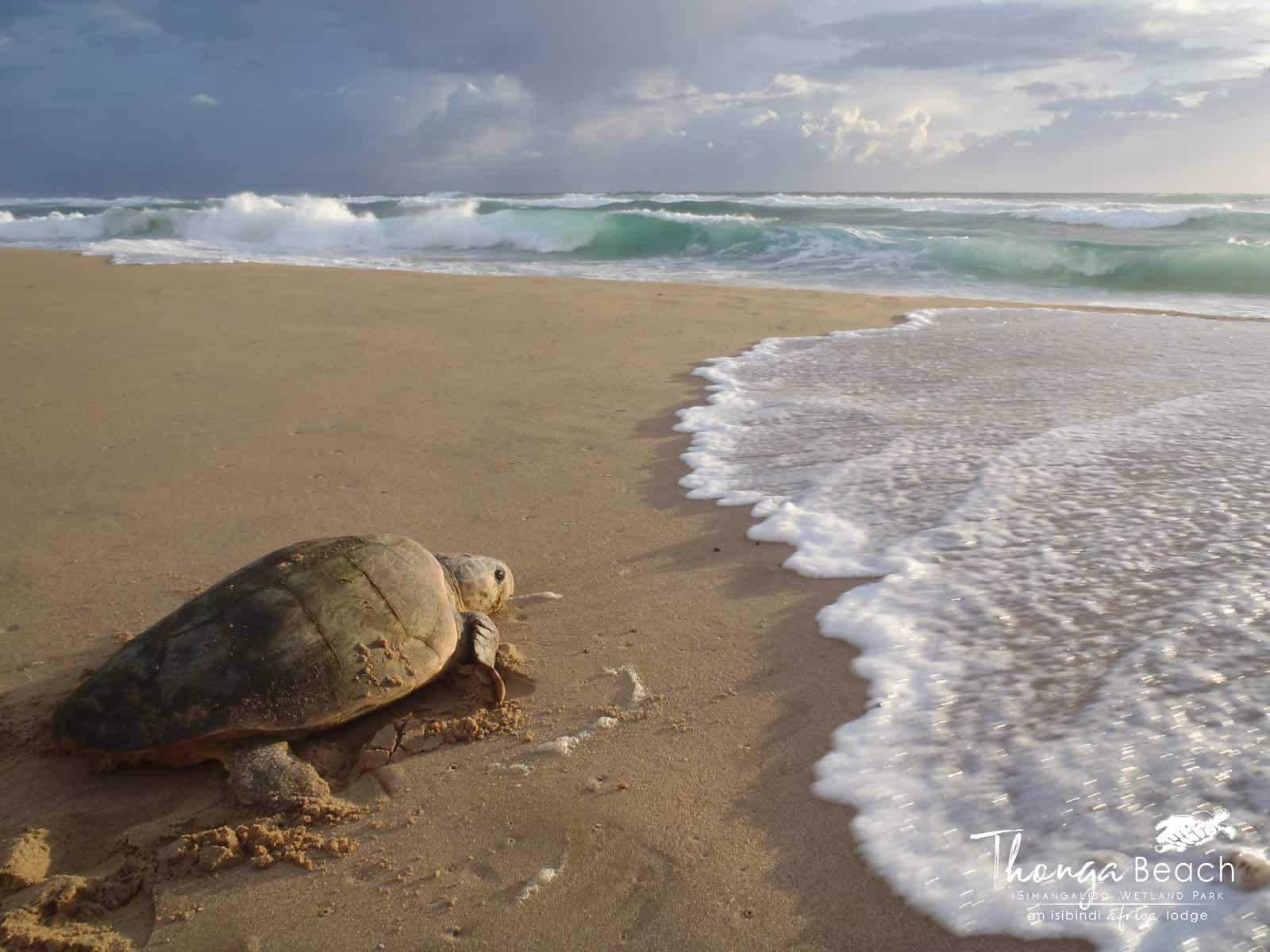
Imagine beginning your journey in Durban, KwaZulu-Natal, where the warm ocean breeze welcomes you to South Africa’s sun-drenched east coast. Here, life moves with a relaxed rhythm, a prelude to the diverse landscapes that lie beyond.
From Durban, it’s an easy, scenic transfer to the province’s most exceptional wilderness experiences. Where luxury KwaZulu-Natal safari lodges await, alongside world-class marine reserves and mountain vistas that seem to touch the clouds.
Must-Visit Areas in KwaZulu-Natal
Drakensberg Mountains: For Adventurous Travellers
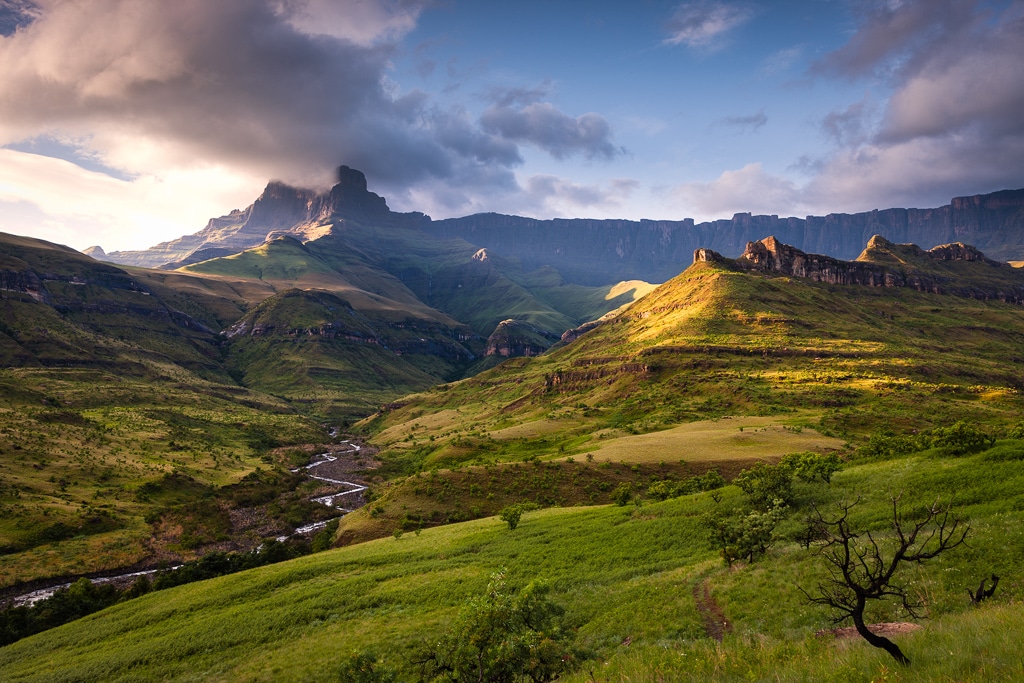
For those who love both adventure and refinement, the Drakensberg Mountains are pure poetry. Known locally as uKhahlamba, “Barrier of Spears”, this UNESCO World Heritage Site rises dramatically from the plains, a playground of hiking trails, waterfalls, and ancient San rock art.
You can float over the peaks in a hot air balloon, take a treetop canopy tour, or explore on horseback or mountain bike. Children love the open space and sense of discovery, while grandparents can enjoy gentle walks and panoramic views.
Boutique mountain lodges offer fine dining, spa treatments, and rooms with views that stretch for miles. It’s the perfect blend of exhilaration and calm, a chance to disconnect from screens and reconnect with one another.
Battlefields Route: A Peek into History
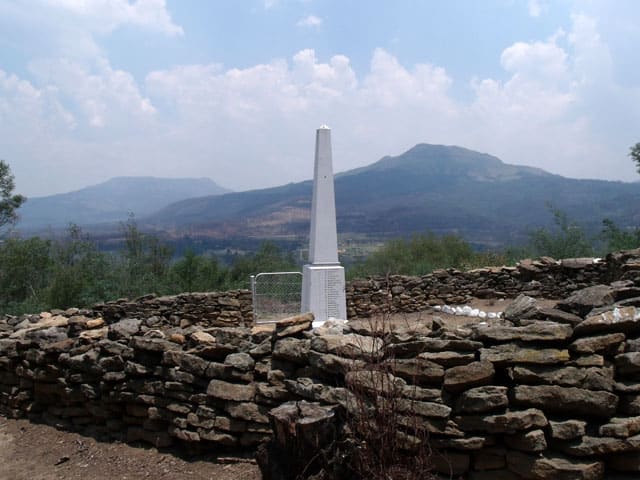
The softly rolling hills of Battlefields Route witnessed the famous Anglo-Zulu and Anglo-Boer conflicts and today offer something truly special: a chance for families to step into history together.
Walk in the footsteps of Zulu warriors and British regiments as expert guides bring the stories to life. Tales of courage, strategy, and resilience that help younger travellers see history as something living, not distant. It’s the perfect balance of education and emotion. The kind of memory that becomes a dinner table story for years to come.
Hluhluwe-Imfolozi Park: Big Five Safari Destination
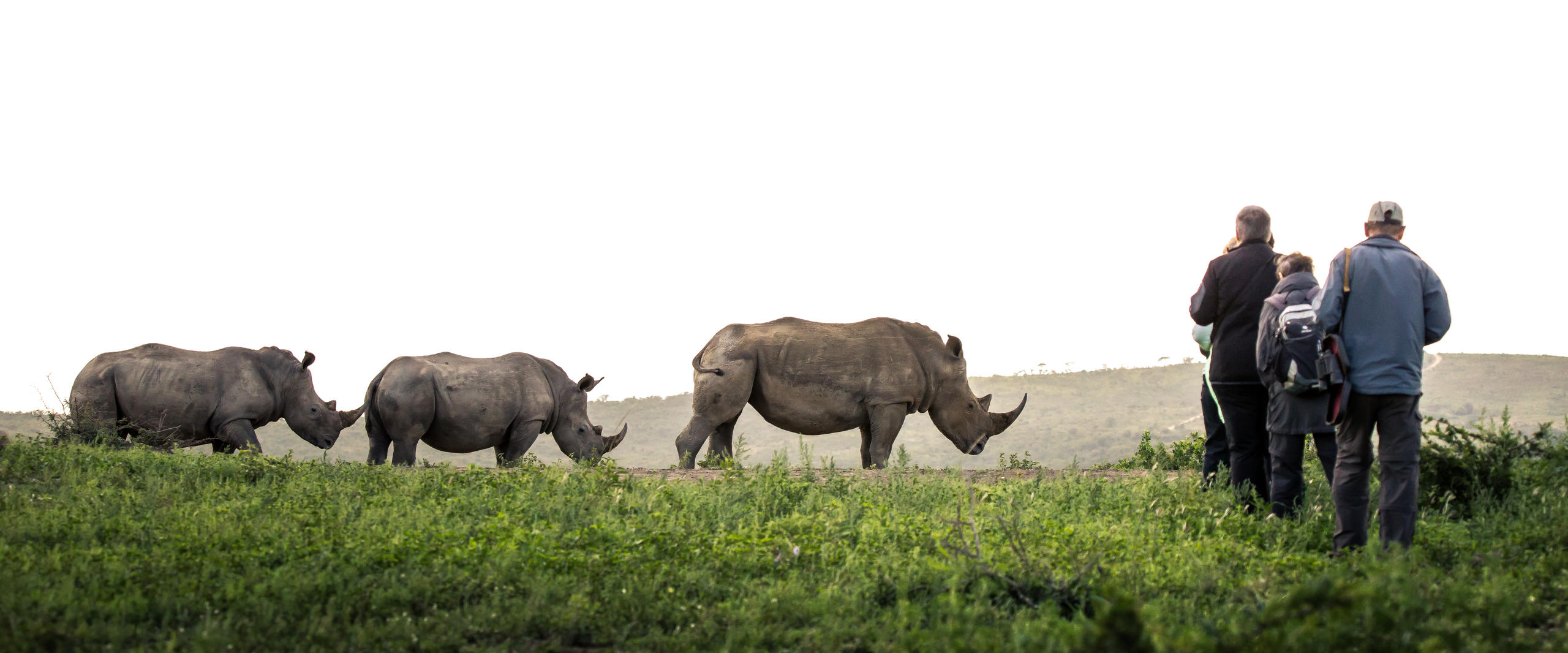
For a classic African safari, head to Hluhluwe-Imfolozi Park, just three hours from Durban, KwaZulu-Natal. This is where the Big Five roam freely. Lions, leopards, rhinos, elephants, and buffalo are at home in one of Africa’s oldest reserves. It’s also a global success story for rhino conservation.
Explore the wilderness with experienced guides who make every game drive safe, exciting, and deeply personal. Many lodges offer junior ranger programmes, child-friendly menus, and private vehicles, making it easy to balance thrill and comfort for every age.
iSimangaliso Wetland Park: Where Ocean Meets Safari
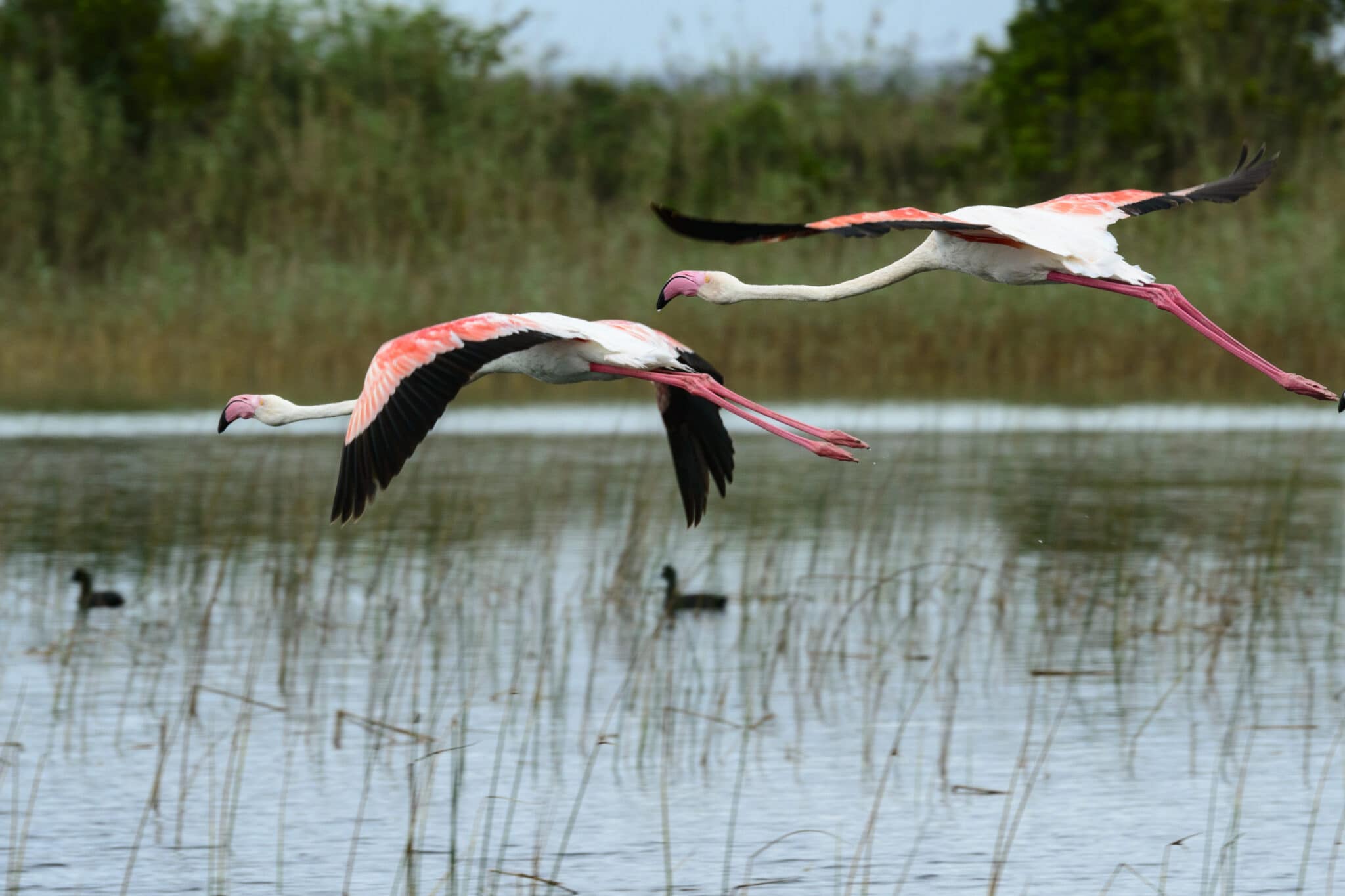
Further north, iSimangaliso Wetland Park unfolds like a natural symphony. Wetlands, dune forests, lakes, and coral reefs merge into one vast, protected ecosystem. It’s a UNESCO World Heritage Site where you can watch hippos basking from a boat cruise on the St. Lucia Estuary or snorkel in warm, crystal-clear waters teeming with life.
If you’re booking KwaZulu-Natal tours between November and January, you may even witness the unforgettable sight of turtle nesting season, when giant leatherbacks and loggerheads come ashore to lay their eggs under the stars. It’s a moment of pure wonder. An intimate, humbling, and unforgettable experience for the entire family to share.
Nearby coastal lodges and beach villas make it easy to unwind in style, blending barefoot freedom with subtle luxury.
Luxury Lodges in KwaZulu-Natal
Thonga Beach Lodge
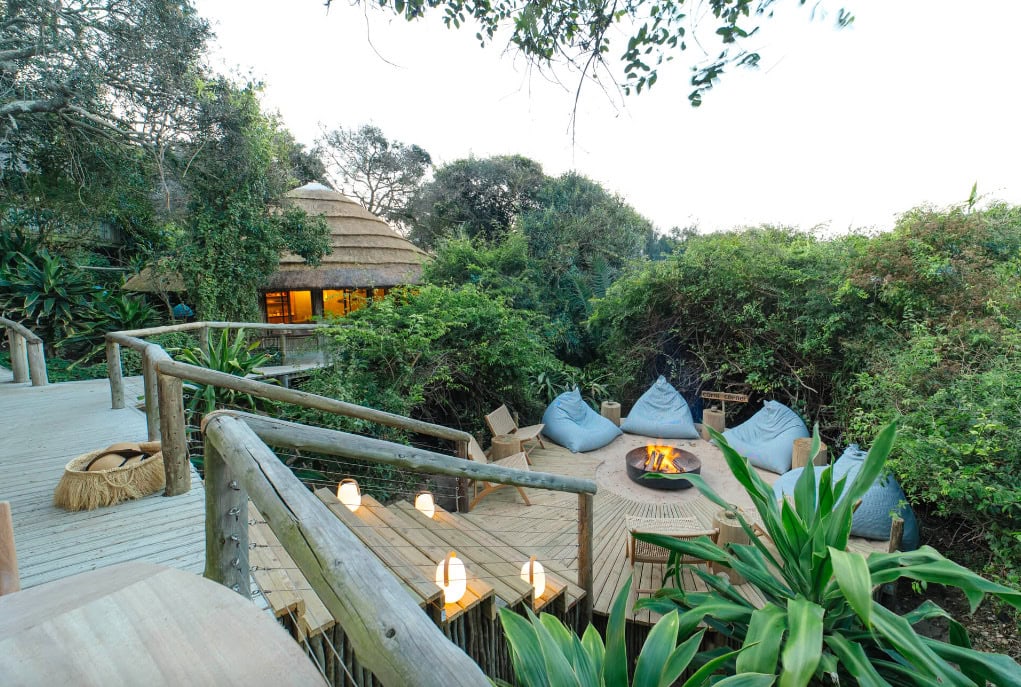
Set on the shores of the Maputuland Coast, Thonga Beach Lodge is one of the best places to uncover one of Africa’s untouched wilderness beaches. This luxury accommodation offers a choice between ocean or forest view rooms to best suit your taste.
With snorkelling and SCUBA diving, this is an ideal option for travellers seeking adventure that comes with ample opportunities to rest and restore.
Kosi Forest Lodge
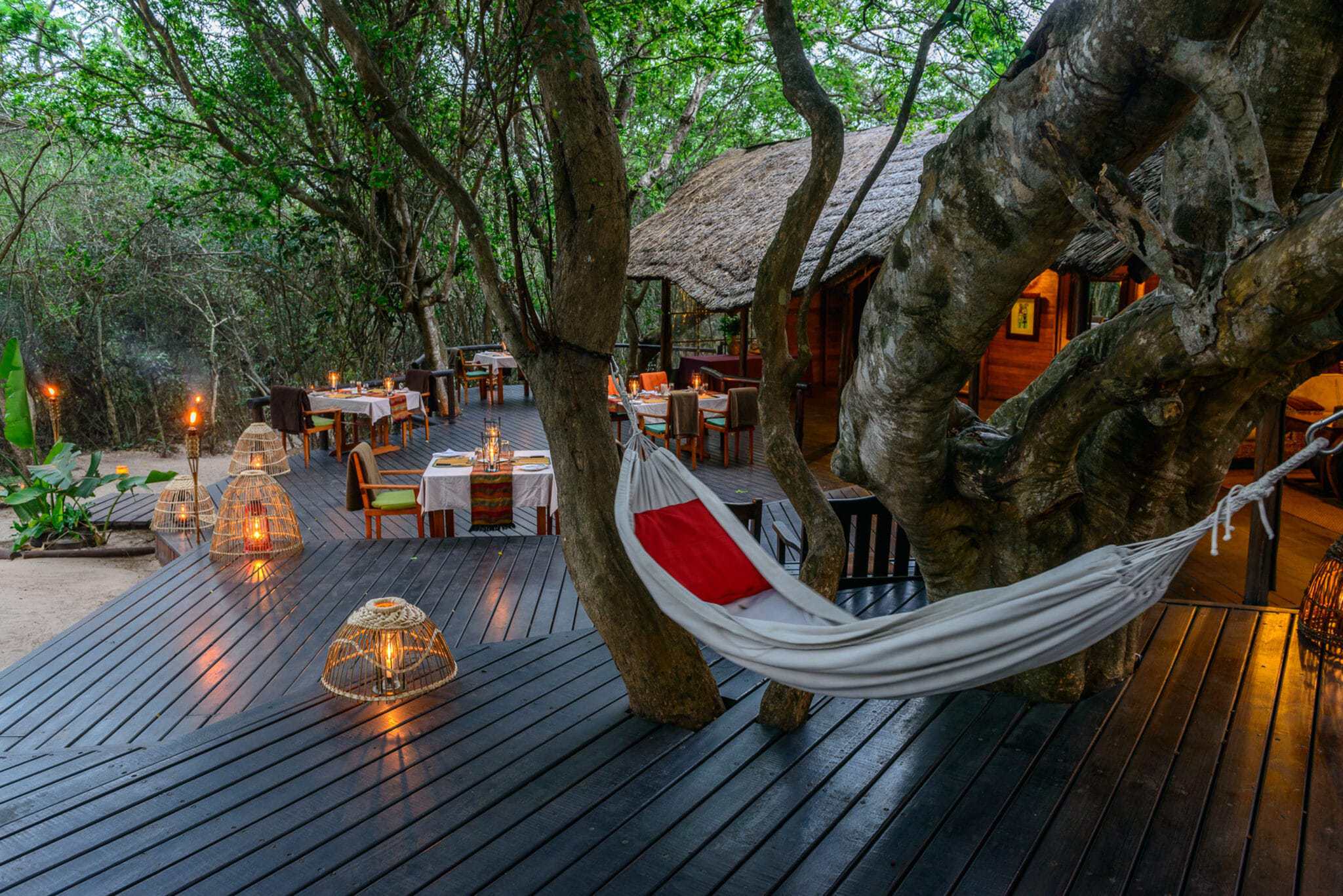
In the iSimangaliso World Heritage Park lies the ultimate glamping experience. Kosi Forest Lodge is situated under a canopy of trees, with a sweeping pool that overlooks Lake Shengeza.
Guests can unwind on the viewing decks, with the occasional sightings of hippos and a variety of other wetland birds. The lodge also provides guided canoe trips, snorkelling, and walks through the ancient Raphia Palm forests.
andBeyond Phinda Forest Lodge
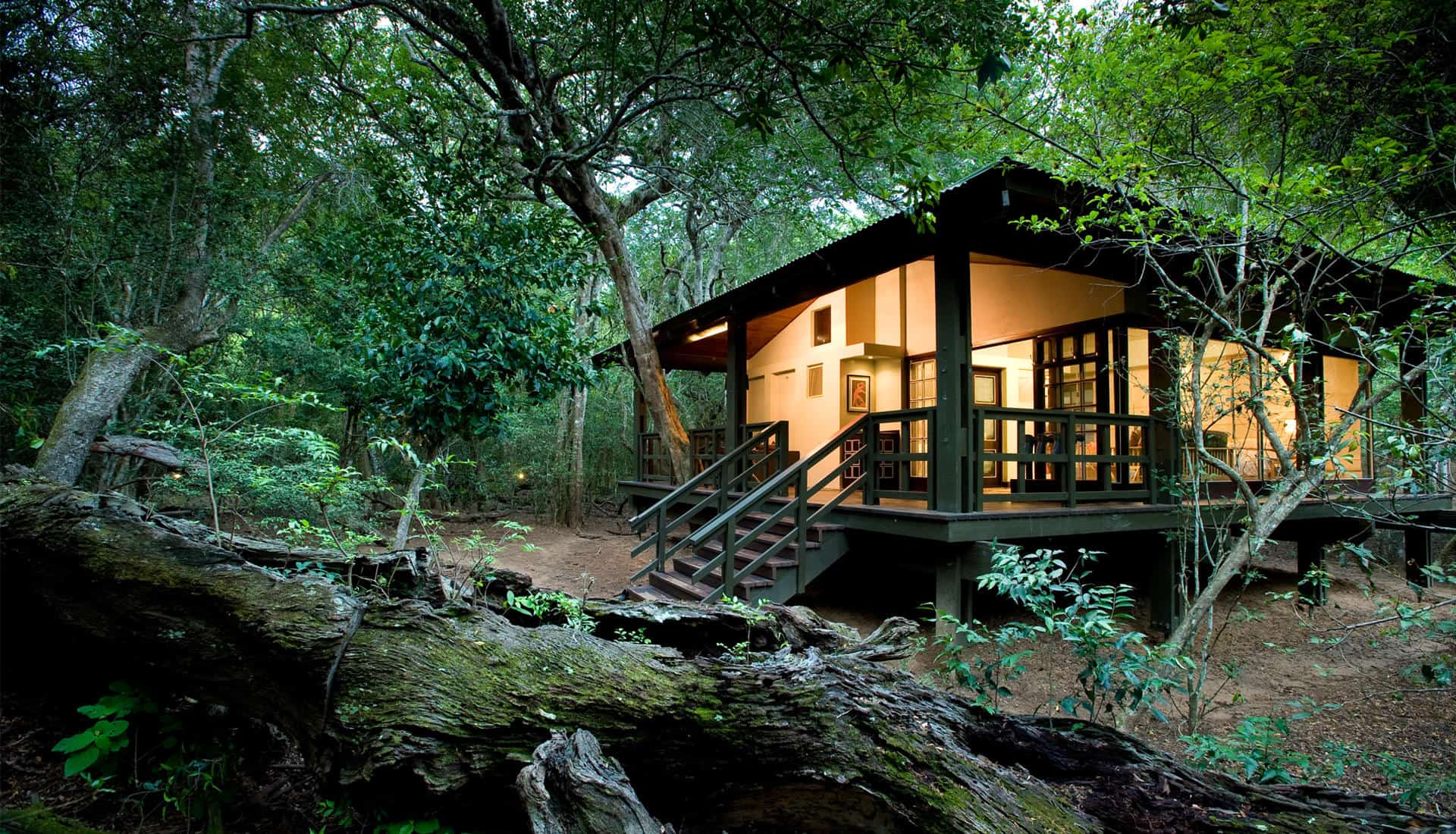
andBeyond Phinda Forest Lodge speaks to the minimalist seeking a luxury experience in KwaZulu-Natal. With glass-encased suites built on stilts, you’ll be sleeping among trees in an unforgettable safari experience. The lodge includes viewing decks to allow game viewing from the moment you wake up and sparkling swimming pools with panoramic views of an open meadow.
When’s the Best Time to Visit KwaZulu-Natal?
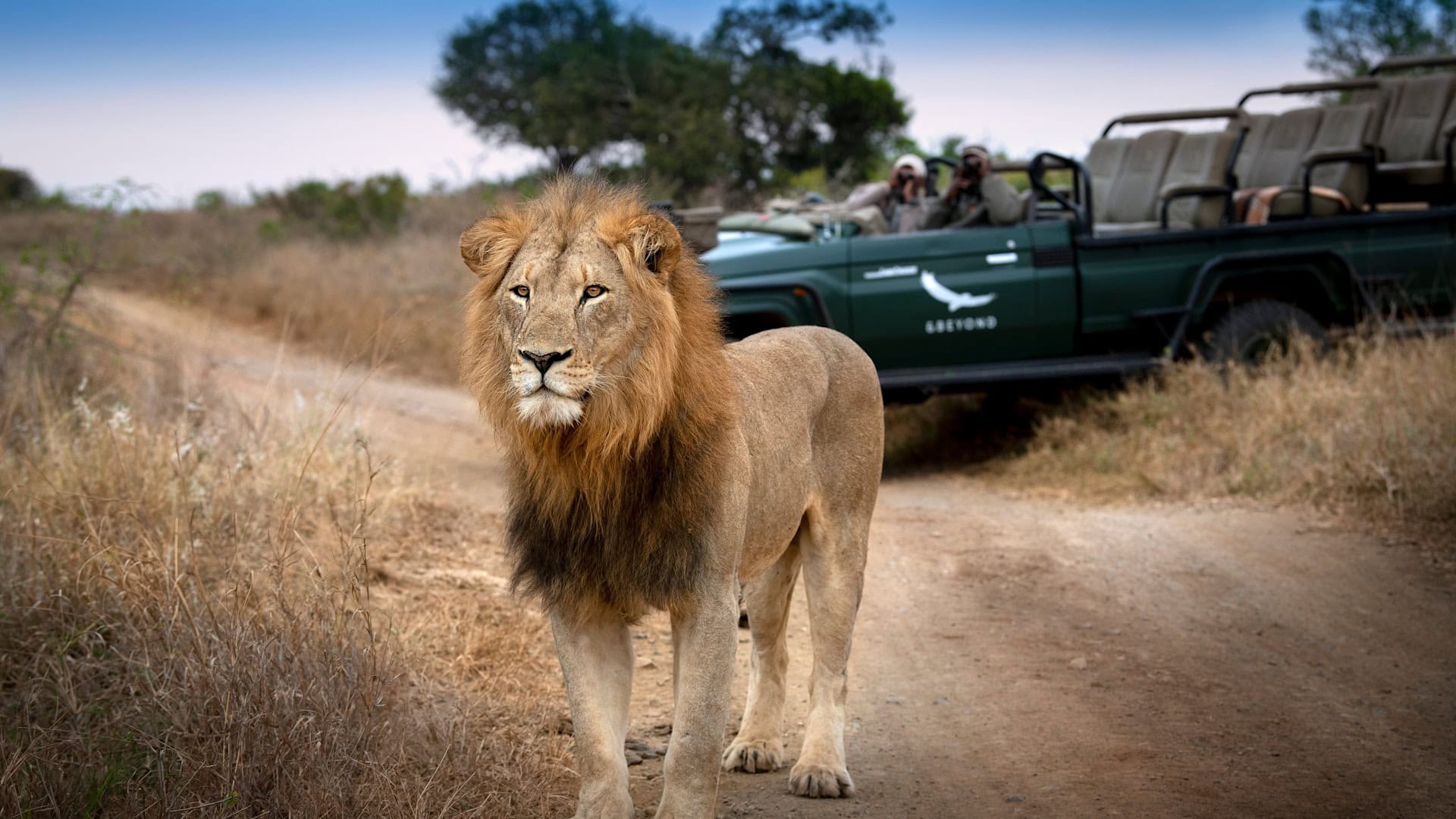
KwaZulu-Natal holidays shine all year round, but the dry winter months (May to September) are perfect for game viewing. When wildlife gathers around waterholes and the air is crisp and clear.
Summer (October to March) brings lush green landscapes, warm seas, and vibrant coastal energy. Great for beach days and marine adventures.
Wildlife Found in KwaZulu-Natal
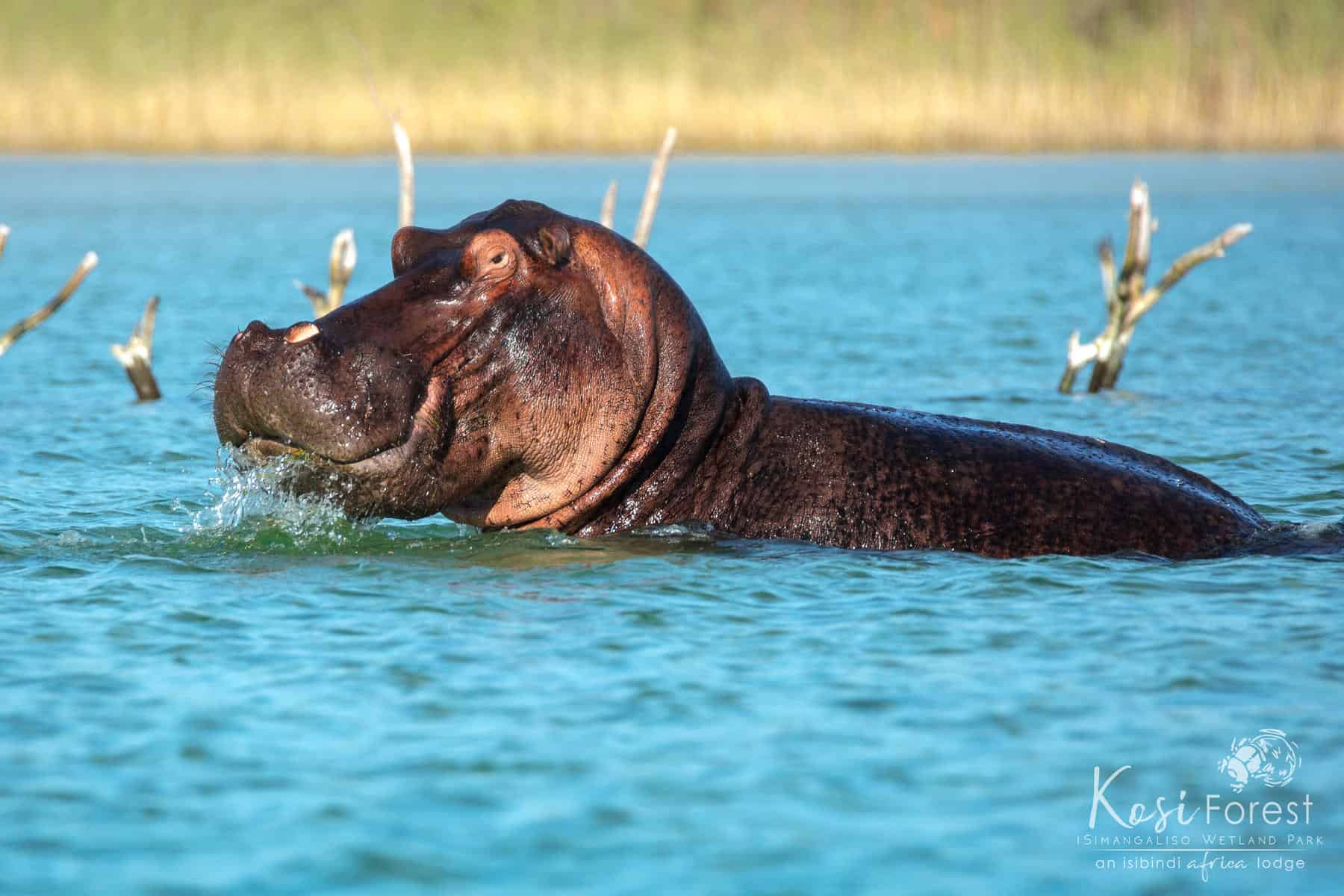
Few regions in Africa offer the sheer variety of wildlife found in KwaZulu-Natal, South Africa. From the open plains of game reserves to the warm Indian Ocean, nature here feels close enough to touch yet beautifully protected.
On safari, you’ll encounter Africa’s most iconic species: rhinos grazing in the golden light, elephants moving silently through the bush, and lions resting in the shade of marula trees. With luck, you might even spot a leopard on the move or the rare African wild dog trotting across the savannah.
Along the coast, the rhythm shifts from roar to ripple. Between May and November, migrating humpback whales breach and play just offshore, often accompanied by pods of dolphins racing the waves. Beneath the surface, the Indian Ocean reveals another world entirely. Colourful reefs alive with manta rays, turtles, reef sharks, and clouds of tropical fish.
How to Get to KwaZulu-Natal
Your journey begins at King Shaka International Airport in Durban, KZN, South Africa. A modern gateway with direct connections from major cities. From here, the province unfolds in every direction with luxury transfers or private charters that’ll whisk you to your chosen lodges, whether it’s a mountaintop retreat, a private reserve, or a coastal sanctuary.
Where Family Memories Take Root
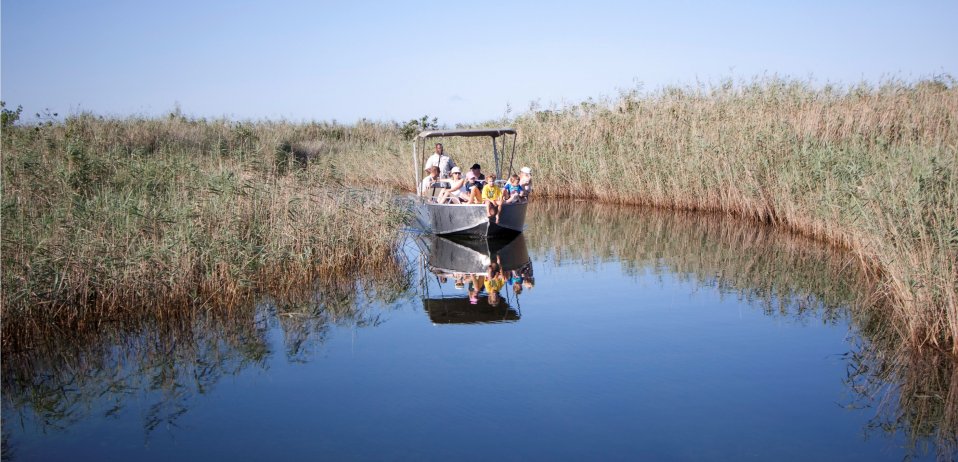
What makes KwaZulu-Natal safari lodges extraordinary isn’t just the landscapes; it’s the feeling they leave behind. Watching a child’s eyes light up as they spot their first elephant. Listening to your parents recall stories under an ancient acacia tree. Sharing laughter as the ocean breeze rolls in.
This is Africa at its most approachable. Safe, soulful, and endlessly surprising.
Ready to Begin?
Let us curate your journey through KwaZulu-Natal safari lodges, coastal escapes, and cultural treasures, all seamlessly woven into one unforgettable family story.
Your African story, designed around you.






